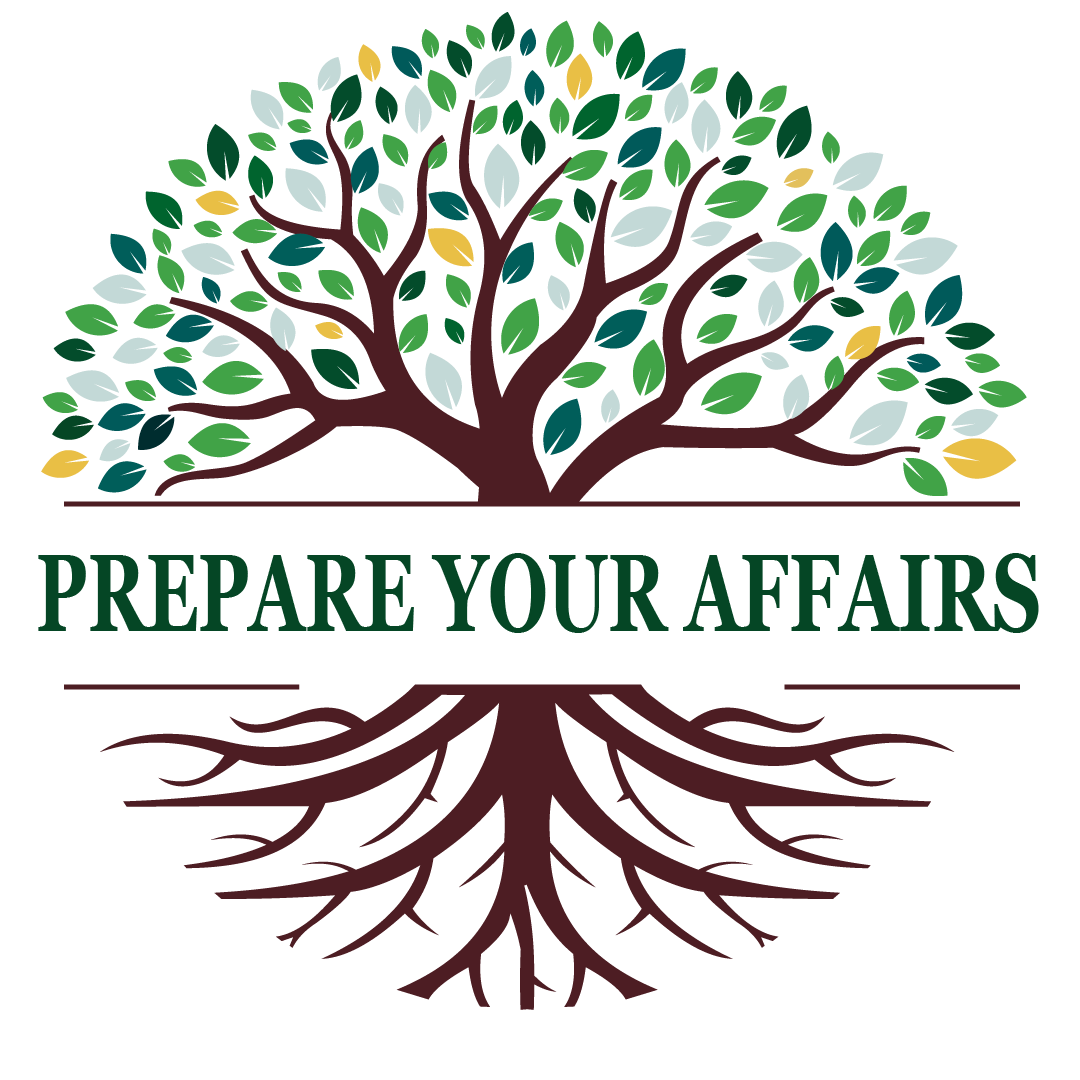Set It and Forget It: 3 Steps to Organizing Your Documents for a Stress-Free Future
Spring is a season of renewal, making it the perfect time to refresh not just your home, but your essential documents. If your end-of-life plans aren’t organized, they may be difficult—if not impossible—for your loved ones to locate when needed. To simplify the process, follow these three steps to ensure everything is accounted for, accessible, and secure.
Step 1: Make a Checklist of Essential Documents
Before gathering papers, identify what you need. Use our Five Pillars of Preparation framework to organize your checklist:
Financial: Life insurance policies, retirement accounts, checking/savings info, investment details, property assets, financial planner contacts, and written instructions for executors.
Legal: Wills, trusts, power of attorney, advance directives, attorney contacts, and executor notes.
Practical: Passwords, health records, military paperwork, bills, home security codes, children’s schedules, and pet care plans. Download our Family Manual to track all important information into one notebook
Emotional & Spiritual: Emergency contacts, clergy and therapist info, support networks, and personal letters or notes of comfort.
Final Arrangements: Burial/cremation wishes, prepaid funeral plans, memorial preferences, and instructions for headstones or urns.
View our free resources to help guide this process.
Step 2: Gather and Organize
Tackle one category at a time to prevent overwhelm. As you collect documents, store them in a way that makes it easy for your loved ones to locate and use. Consider including written instructions to clarify how each document should be handled.
Step 3: Secure and Share Access
Once everything is gathered, choose a safe, secure location for your originals and copies. Protect against fire, water damage, or accidental loss by keeping backups in a separate location. Most importantly, let trusted family members know where to find them and how to access critical files when the time comes.
💡 For more detailed strategies, check out our previous blog post that is specifically about securing and sharing access: "Avoid a Family Scavenger Hunt: How to Keep End-of-Life Documents Safe and Accessible."
Final Thoughts
The hardest part of end-of-life planning is getting started, but once you’ve completed these steps, you’ll have peace of mind knowing your loved ones won’t struggle to find critical documents.
Happy Gathering!
Corey
P.S. Want more strategies to help with end-of-life planning? Sign up to receive email notifications when new tips are posted: https://www.affairsinorder.com/stay-informed
Or download our free resources to get started now: https://www.affairsinorder.com/free-downloads
